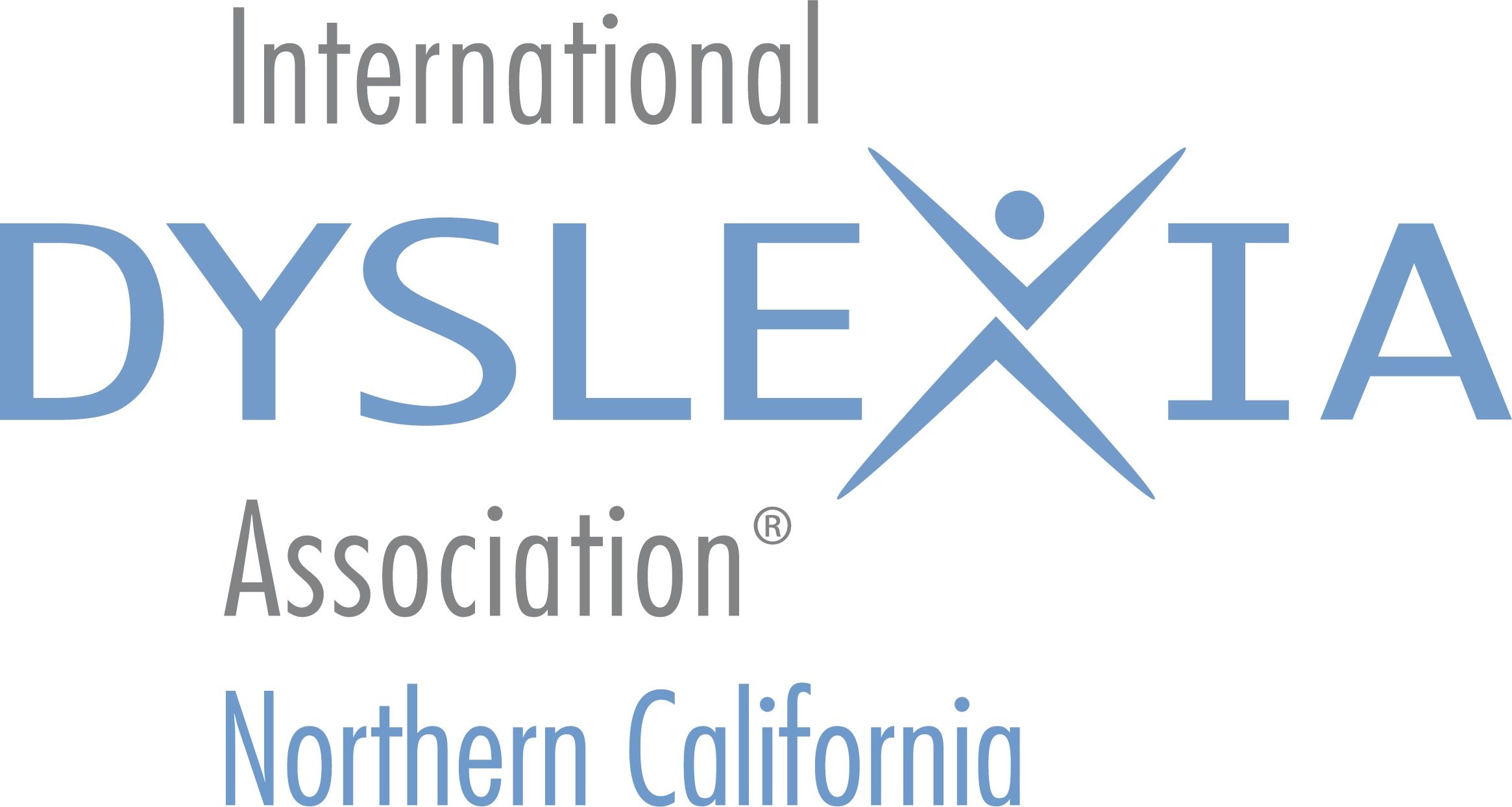Experience Dyslexia™
WHAT IS IT LIKE TO HAVE DYSLEXIA?
Experience Dyslexia™ is the latest version of IDA Northern California’s popular learning disabilities simulation. The simulation is a hands-on activity that lets participants experience some of the challenges and frustrations faced by people with this language-based learning disability.
“Maybe you’ve felt that your child with learning differences is just not trying hard enough at school. This simulation promises attendees an eye-opening exploration of what it’s like to walk in your children’s shoes. “
— Ronna Mandel from her article in L.A. Parent
WHAT HAPPENS DURING A SIMULATION?
Participants rotate among six learning stations that simulate language-related tasks that may be encountered in the classroom and workplace. Station leaders guide participants through each 10-minute station.
Station 1: Learn to Read simulates a beginning reading problem
Station 2: Listen to Me simulates an auditory figure-ground problem
Station 3: Write with Mirrors simulates a visual-motor and writing problem
Station 4: Name That Letter simulates a letter-word identification problem
Station 5: Write or Left simulates a copying and writing problem
Station 6: Hear and Spell simulates an auditory discrimination problem
PROVEN EFFICACY
The simulation has been shown to be an effective teaching tool. A 2008 study from researchers at Southeastern Louisiana University (SLU) using materials from the IDA Northern California simulation clearly showed that participation increased awareness of dyslexia among teachers-in-training.
See a review of the study.
HOW CAN I EXPERIENCE DYSLEXIA™?
Experience Dyslexia™ is available as a reusable kit for purchase or as a workshop led by IDA Northern California volunteers. Order the Experience Dyslexia™ kit or schedule a workshop for your organization.
Experience Dyslexia™ Simulation Kit
Buy Now
“I found it extremely eye-opening to put myself in the shoes of a dyslexic learner. I thought I had an idea what students with dyslexia felt, but I really didn’t. I was frustrated when doing the tasks and can only imagine what a student with dyslexia must feel every day.”
– A participant in the simulation
Share this page with your friends…













